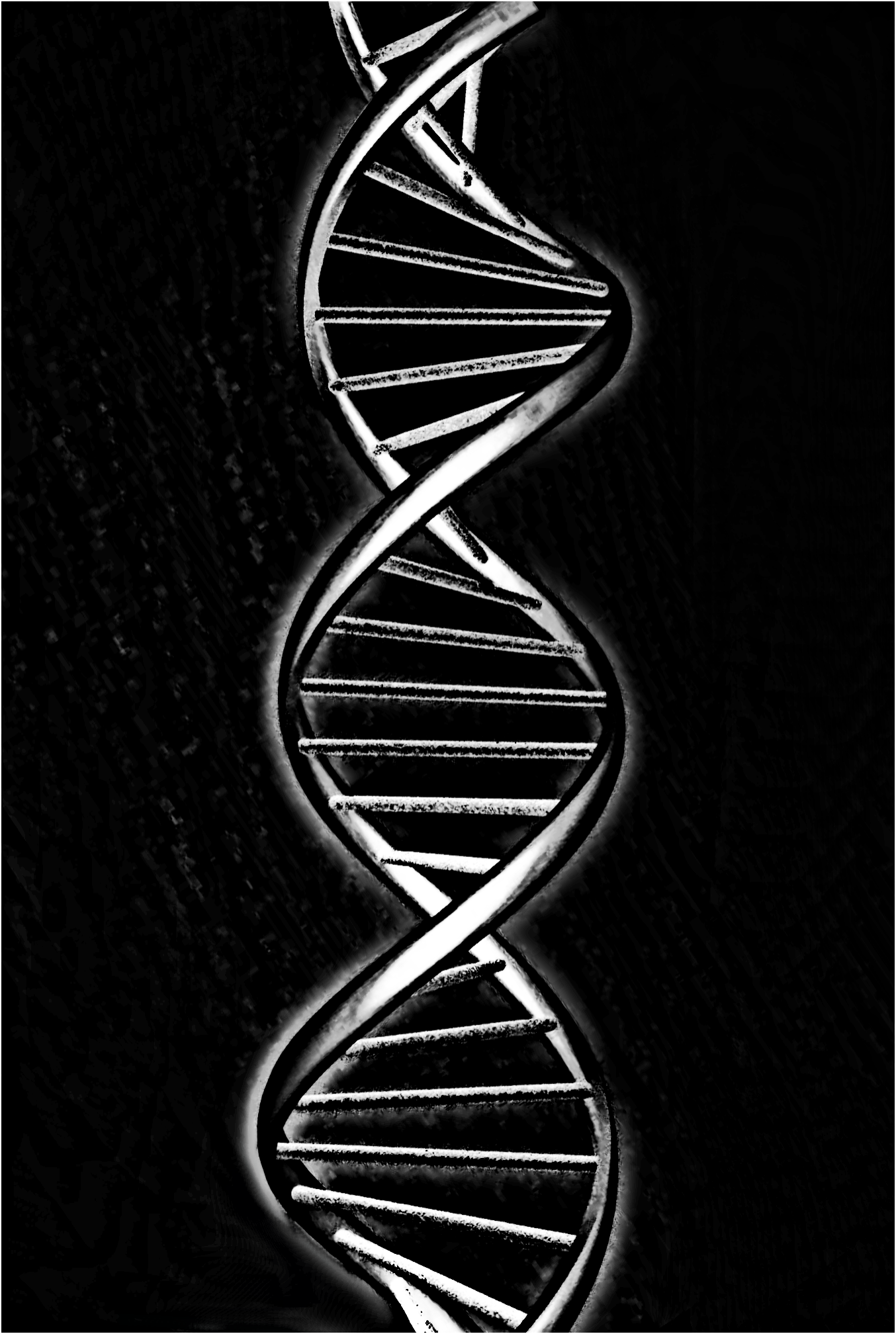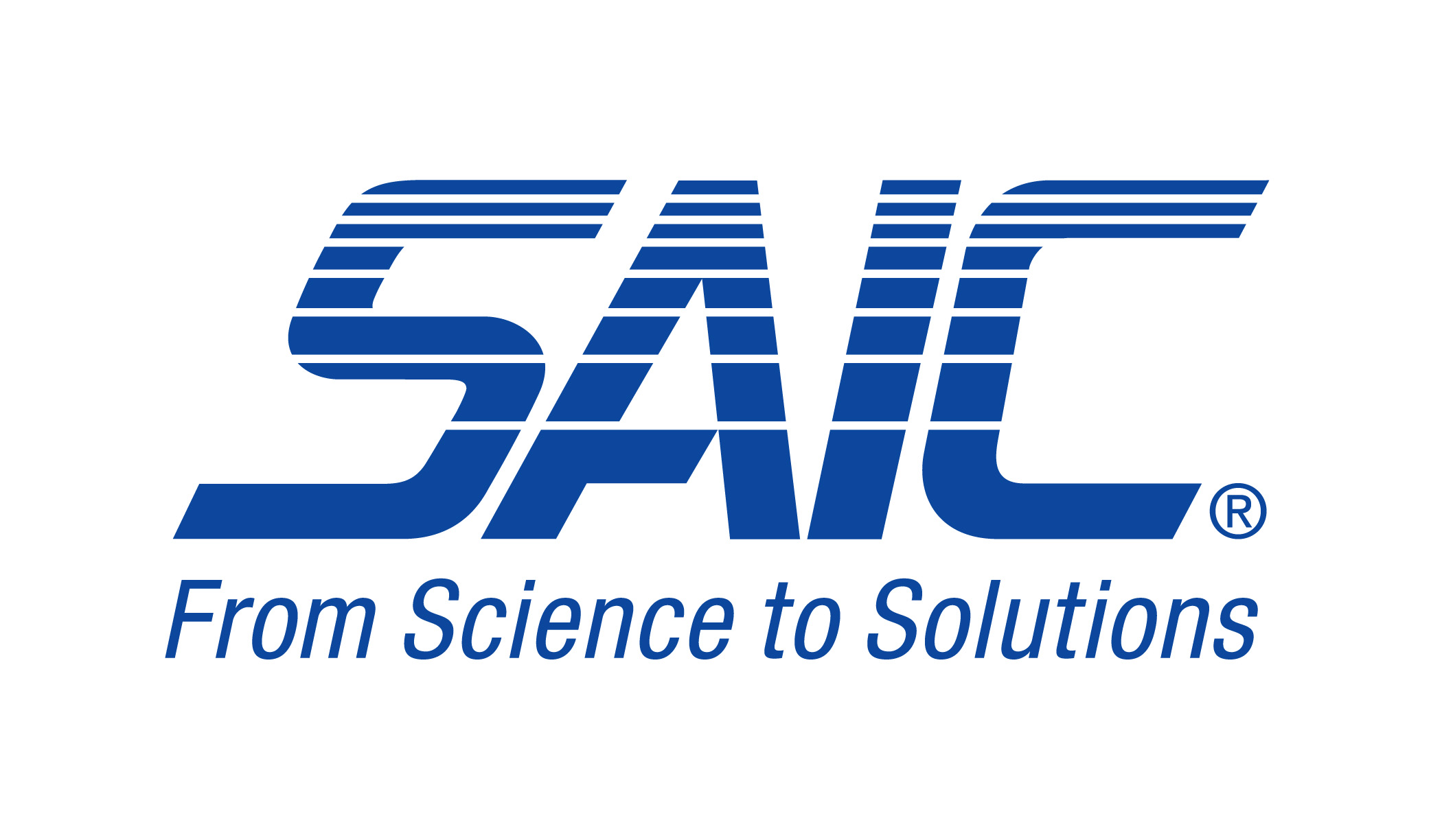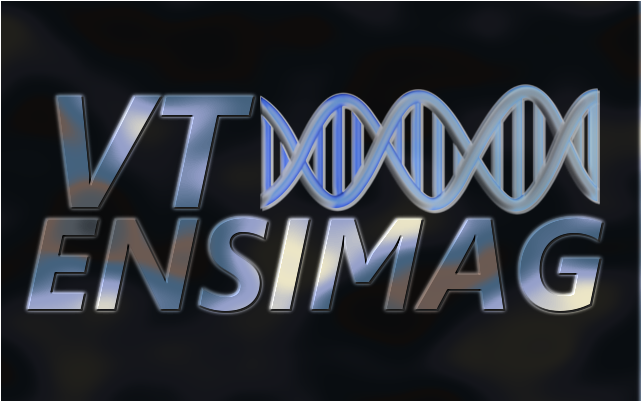Team:VT-ENSIMAG/Table2
From 2010.igem.org
(Difference between revisions)
| Line 1: | Line 1: | ||
{{Template:Team:VT_Ensimag_2010-Biosecurity/Templates/main|House Keeping| content= | {{Template:Team:VT_Ensimag_2010-Biosecurity/Templates/main|House Keeping| content= | ||
| - | Housekeeping genes are genes that are ubiquitously expressed in all tissues and participate in the maintenance of basic cellular function. Eighty unmodified nucleotide sequences were obtained from GenBank and identified as housekeeping genes. The housekeeping genes originated from both SAT and NSAT sources. They were included in the database because the guidance specifically mentions that screening software should avoid false positive hits due to housekeeping genes. | + | Housekeeping genes are genes that are ubiquitously expressed in all tissues and participate in the maintenance of basic cellular function ([http://en.wikipedia.org/wiki/Housekeeping_gene see more]). Eighty unmodified nucleotide sequences were obtained from GenBank and identified as housekeeping genes. The housekeeping genes originated from both SAT and NSAT sources. They were included in the database because the guidance specifically mentions that screening software should avoid false positive hits due to housekeeping genes. |
<br> | <br> | ||
Revision as of 18:37, 18 August 2010
House Keeping
|
Housekeeping genes are genes that are ubiquitously expressed in all tissues and participate in the maintenance of basic cellular function ([http://en.wikipedia.org/wiki/Housekeeping_gene see more]). Eighty unmodified nucleotide sequences were obtained from GenBank and identified as housekeeping genes. The housekeeping genes originated from both SAT and NSAT sources. They were included in the database because the guidance specifically mentions that screening software should avoid false positive hits due to housekeeping genes. |
 "
"




